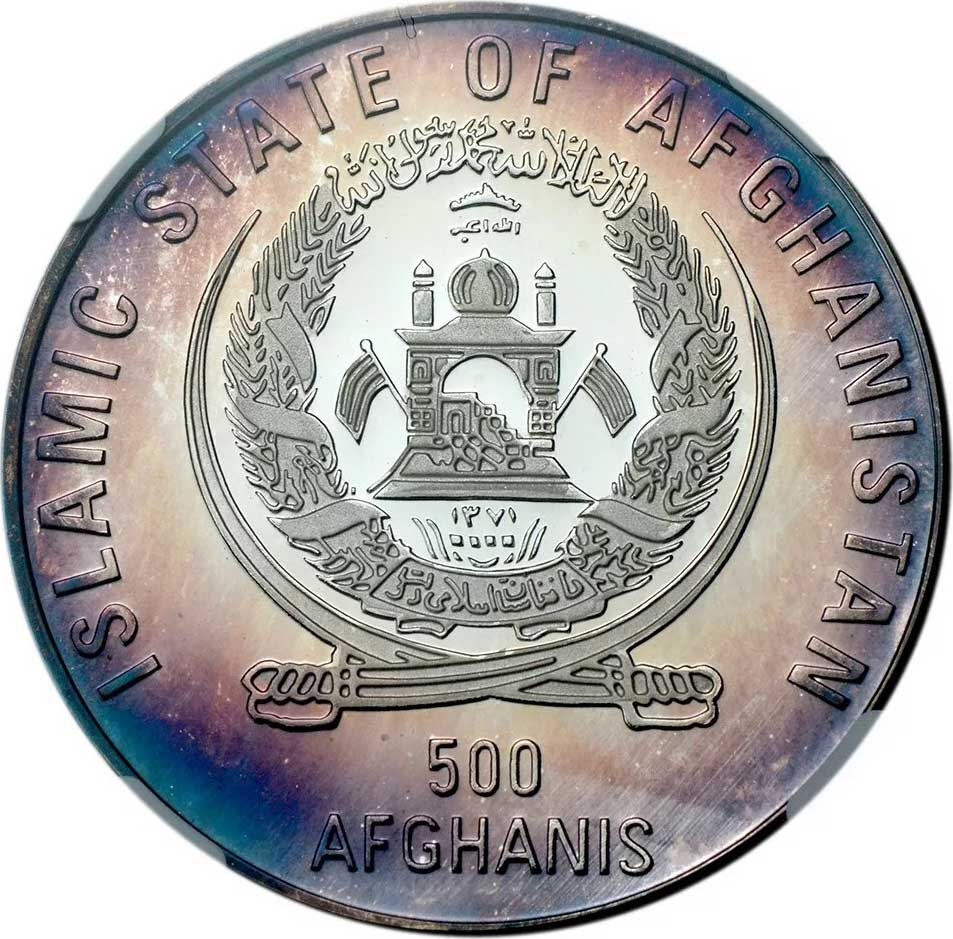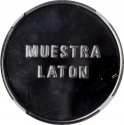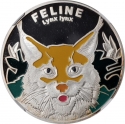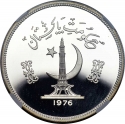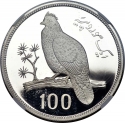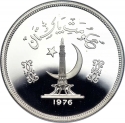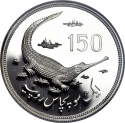You are about to finish your registration. Please check your mailbox (including spam folder). There should be a letter with a confirmation link. Check setting to make sure that your e-mail address is correct.
Send letter againDescription
The Islamic State of Afghanistan was established by the Peshawar Accords on April 26, 1992, with the participation of many Afghan mujahideen parties after the fall of the socialist government. However, its power was limited due to the country's second civil war, which the Taliban won, capturing Kabul in 1996. Consequently, the Islamic State became a government in exile and led the anti-Taliban Northern Alliance. It remained the internationally recognized government of Afghanistan at the United Nations until 2001. After the overthrow of the first Taliban government, the Transitional Islamic State of Afghanistan was created, and an Afghan Interim Administration took control with US and NATO assistance. This transitional state later became the Islamic Republic, which lasted until the Taliban regained power in 2021 following a prolonged insurgency.
Obverse

|
Depicts the coat of arms of the Islamic State of Afghanistan within two crossed swords the country name above and the denomination below in English. ISLAMIC STATE OF AFGHANISTAN |
|---|---|
Reverse

|
Depicts a multicolor detailed view of lynx set against trees, its family (Felidae), name and date above. FELIDAE |
| Edge |
